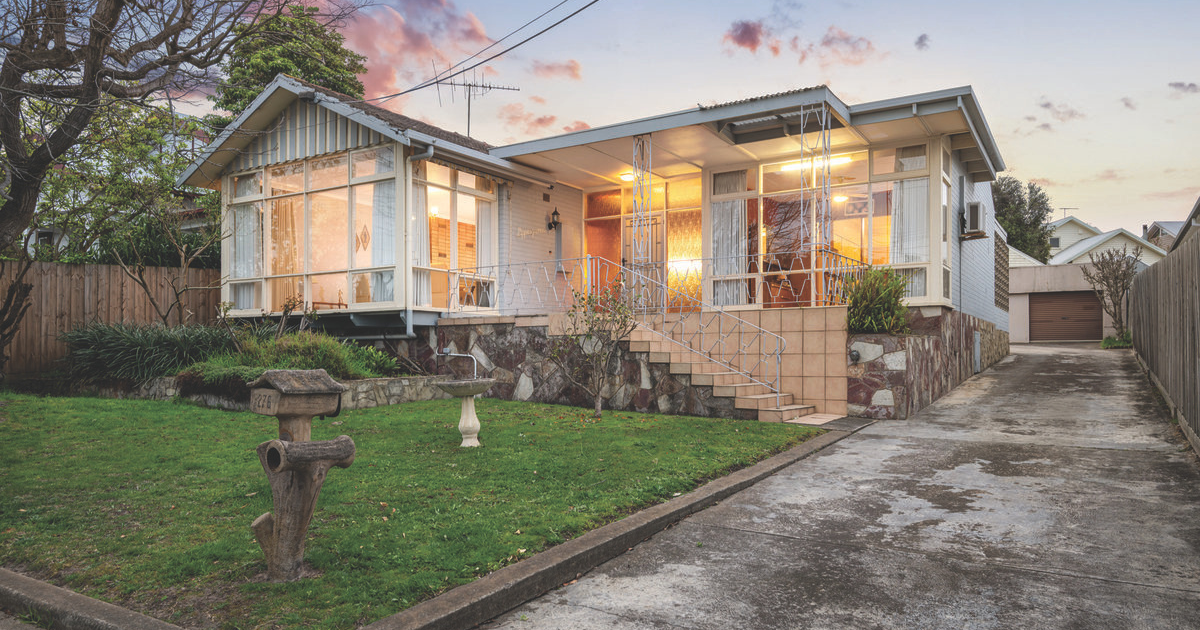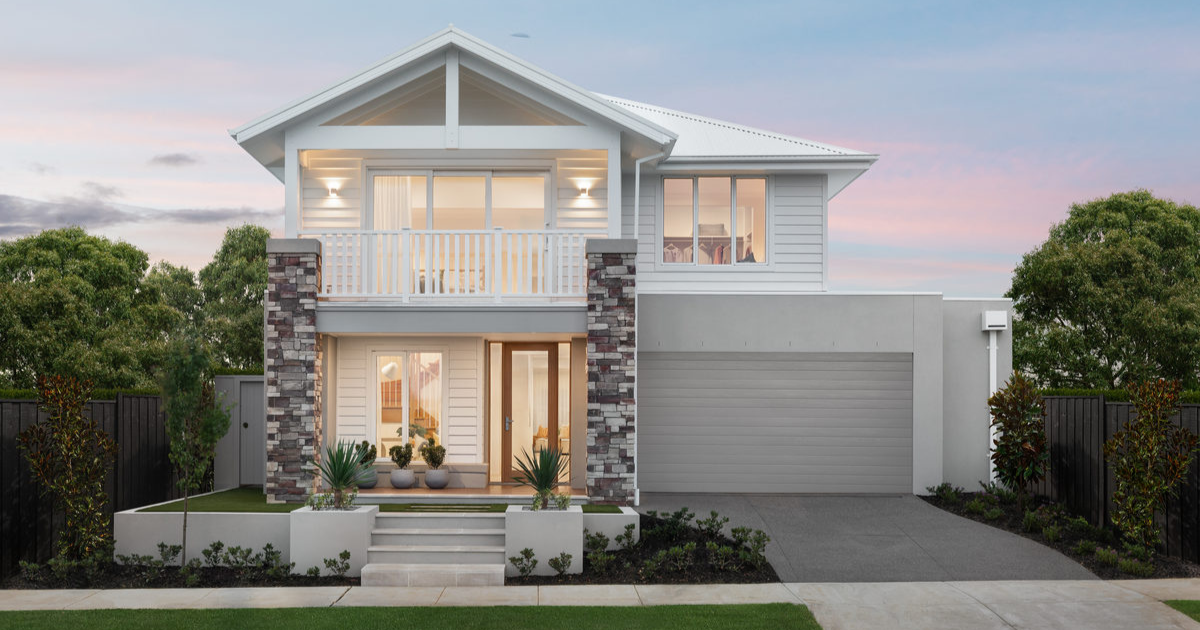How to fix our housing supply crisis

Director Gareth Kent says housing supply issues in regional growth areas, such as Geelong and Ballarat, need a vastly different solution to capital cities.
BY GARETH KENT – Director, Preston Rowe Paterson Geelong
There is a lot of noise lately about housing supply with the national cabinet meeting on August 16 to discuss the crisis and later releasing a statement it had set an ambitious target to build 1.2 million new “well-located” homes in five years from July 1, 2024.
Nationally, total dwellings approvals are down 7.7 per cent (we are building less homes). The total number of dwellings in Australia rose by just 1.2 per cent in 2023. Population growth is approximately 2.8 per cent, including both permanent and temporary visa holders.
Our real supply problem is that Australia is now almost entirely dependent on the private market to deliver new homes. The proportion of homes built by the public sector has fallen from well over 10 per cent in the mid-1980s to about 2 per cent today.
We lack an alternative, affordable and non-profit housing sector of sufficient capacity to guarantee ongoing countercyclical construction.
For those of you who have not had the information to fully understand the issue at hand, let me give you a quick snapshot:
Housing demand in Australia is rising quickly because of a surge in net overseas migration. However, housing supply is not lifting in line with demand because of high interest rates and issues in the residential construction industry. This is causing a housing shortage in Australia.
The housing shortage is putting upward pressure on rents, which are already high. Rental vacancy rates are at a record low. Home prices are also starting to rise again and the housing shortage is helping to lift prices
If Australia keeps running high immigration targets, then the government has an important role to play in helping to increase housing development, build affordable homes, and target infrastructure outside of the capital cities.
There are now many groups advocating for different solutions. The most prominent is probably the most hair-brained idea, and that was the suggestion by the greens to introduce rental caps. This has been all but rejected by the Government and property economists alike.
The Property Council of Australia’s strategy, in a nutshell, is advocating for a ”Build to Rent” scheme, or as I like to call it the ”Trump Model”. Build to rent is a popular investment strategy in the USA and is essentially the way that the Trumps got rich. I am not discounting this strategy for Australia, and it is being used in many of our capital cities now. It is part of the solution, but it will need to be regulated better than the US. We don’t want the dilapidated apartment buildings that are scattered throughout New York or the poor history of treatment of those residents, in Australian capital cities.
In my opinion, the housing supply issues in regional growth areas, such as Geelong and Ballarat, need a vastly different solution to capital cities. Further, no one solution can fix this, but there is one place it needs to start from – government! Government needs to build the garden so that the solution can grow organically.
I think the solution is summarised within these four key points:
- Create supply within the existing stock, and increase movement (sell/buy/rent)
- Increase supply of new land in growth areas
- Incentivise investment in new supply of both rental and homes to buy, and
- Build public housing, and encourage movement within public housing tenants.
Here are some ideas to get this done:
- Temporarily abolish capital gains for three years, to allow people to sell investment property back into the market. This will immediately increase supply. The influx of properties on the market will also slow price growth
- Incentivise older Australians in bigger homes to put their properties on the market, and buy new smaller homes, this can be done via concessions on stamp duty for downsizers (people over 65). As long as, the new purchase was made within say 24 months, as a primary place of residence, it should be stamp duty-free and GST-free
- Even better, abolish stamp duty on new home purchases altogether – after all, GST was supposed to replace stamp duty when it was introduced
- Bring back first home-owner grants and regional home building grants to at least meet the tax costs of a new purchase
- Fund planning from national or state coffers; local government planning departments are underfunded, and under-resourced and no longer drive development or look for growth opportunities. Funding for planning departments comes from local councils and ultimately rates levies. This is just nonsense, as they are expected to plan the country’s future, in satellite-funded models, with ministers with no planning backgrounds having the ability to overrule them. It’s nonsensical!
- Enforce expectations for land rezoning. Councils in growth areas, as determined by the national cabinet, should have mandatory rezoning targets, and not just residential land
- Incentivise ”build to rent” with tax concessions in capital cities, and similarly incentivise investors in smaller scale ‘boarding houses” or “unit constructions” in regional areas, and
- Introduce robust social housing building targets, stepping up the percentage of homes for public housing from 2 per cent back up to 10 per cent over the next five years. State governments need mandatory targets to make this happen – enforced by the carrot-and-stick approach.
All governments need to understand that the solution is not a single model, but many. We need good old-fashioned imagination and thinking outside the box. We need debate and ideas such as those I have floated above. We desperately need solutions and leadership on this issue. And we need it now!
It cannot all be done by government, but the government must create the environment to allow the private sector to get to work. If people are making money in the development of property, or any business for that matter, it is a good thing. These people will keep investing and therefore keep building and creating homes and jobs. If everybody gets a drink, isn’t that good business?
Of every dollar of a land purchase in new estates, 47 per cent now goes to the taxman. Our states are hooked on the GST, capital gains and stamp duty incomes, to fund massive increases in government expenditure. Unfortunately, this imbalance has now come home to roost, and we can’t even put an affordable roof over our collective heads.

















